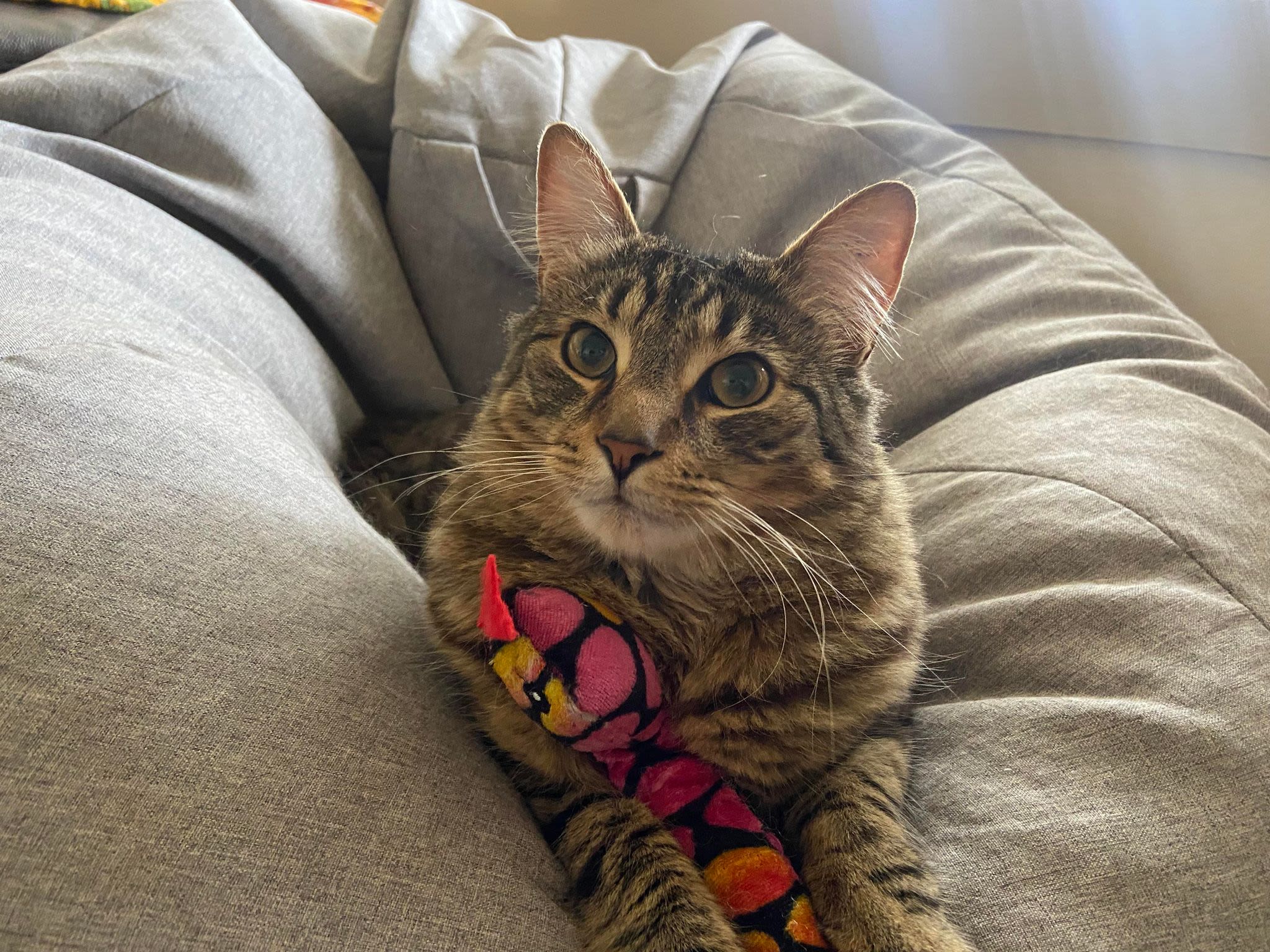WAR ON FERAL CATS
Feral cats are a leading cause of biodiversity loss in Australia, killing 6 million animals every night. The Federal Government has introduced a plan to tackle the biodiversity crisis, however, warns that domestic cats are not off the hook.
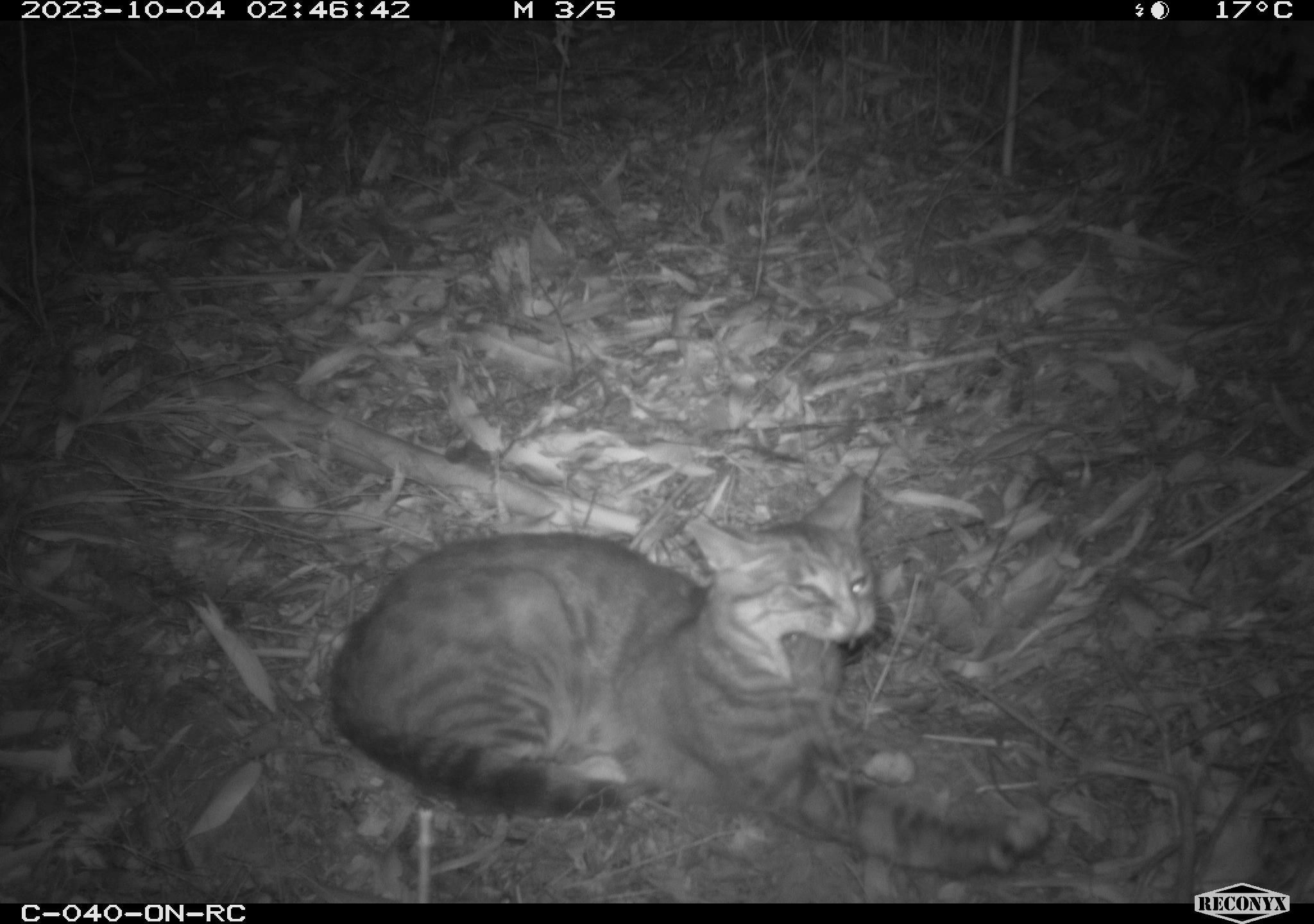
There’s a war raging across the diverse landscapes of Australia, though the targeted enemy may surprise you.
Last month, the Federal Government declared ‘war’ on feral cats, introducing a new action plan that aims to reduce feral cat numbers across Australia. Although adored by pet owners across the nation, when in the wild, cats are nothing short of catastrophic for Australia’s ecology.
The drafted action plan sets new goals for feral cat management in Australia, including no more extinctions or endangered native species induced by feral cats, and the reduction of feral cat density in highly populated areas.
The Minister for the Environment and Water, Tanya Plibersek, states that cats kill 6 million animals every night in Australia and are one of the main reasons that the country is the global mammal extinction capital.
“I want to see a feral cat-free Australia. If we are serious about protecting our precious threatened species, then we have to tackle one of their biggest killers," Ms Plibersek said.
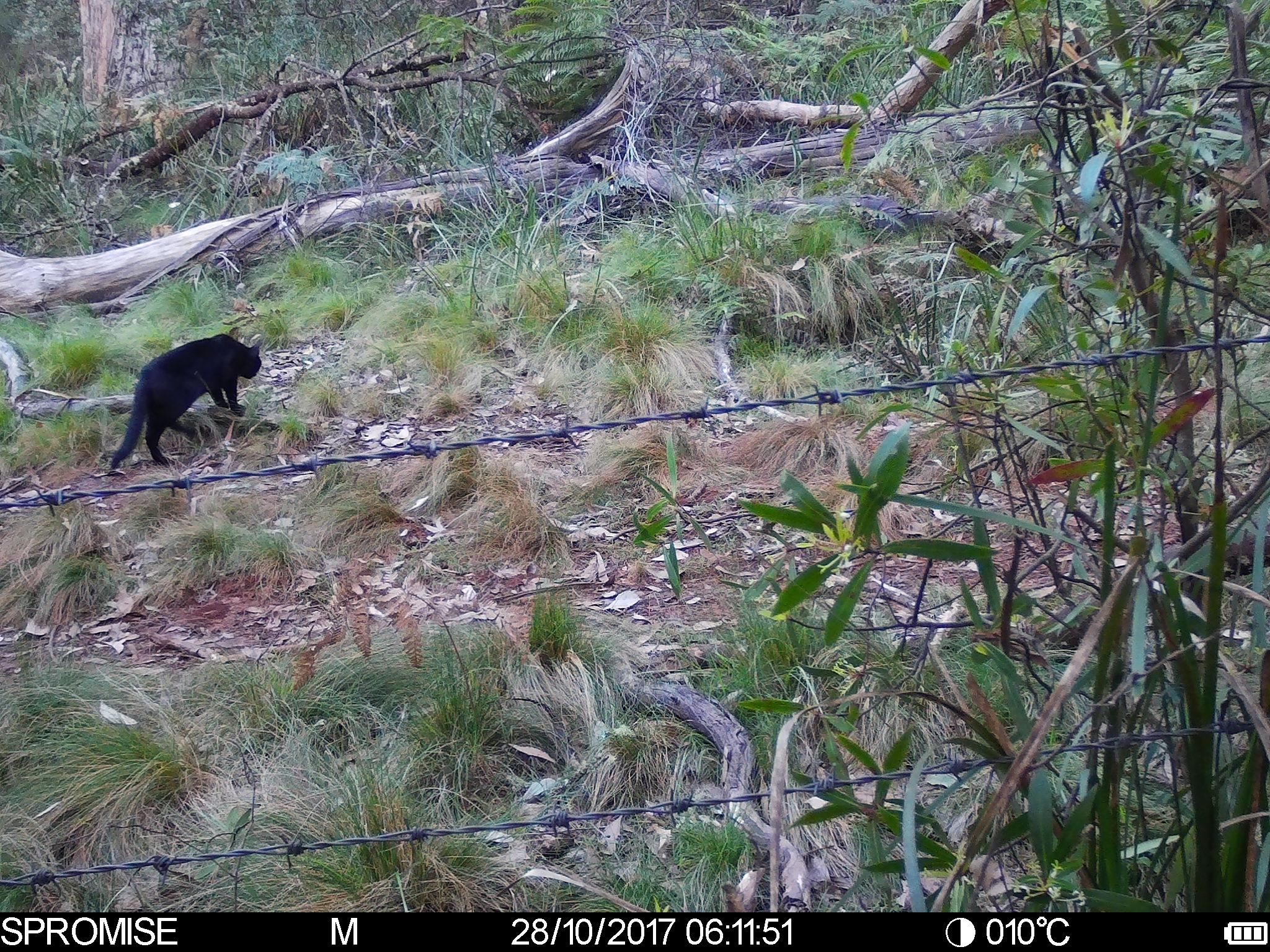
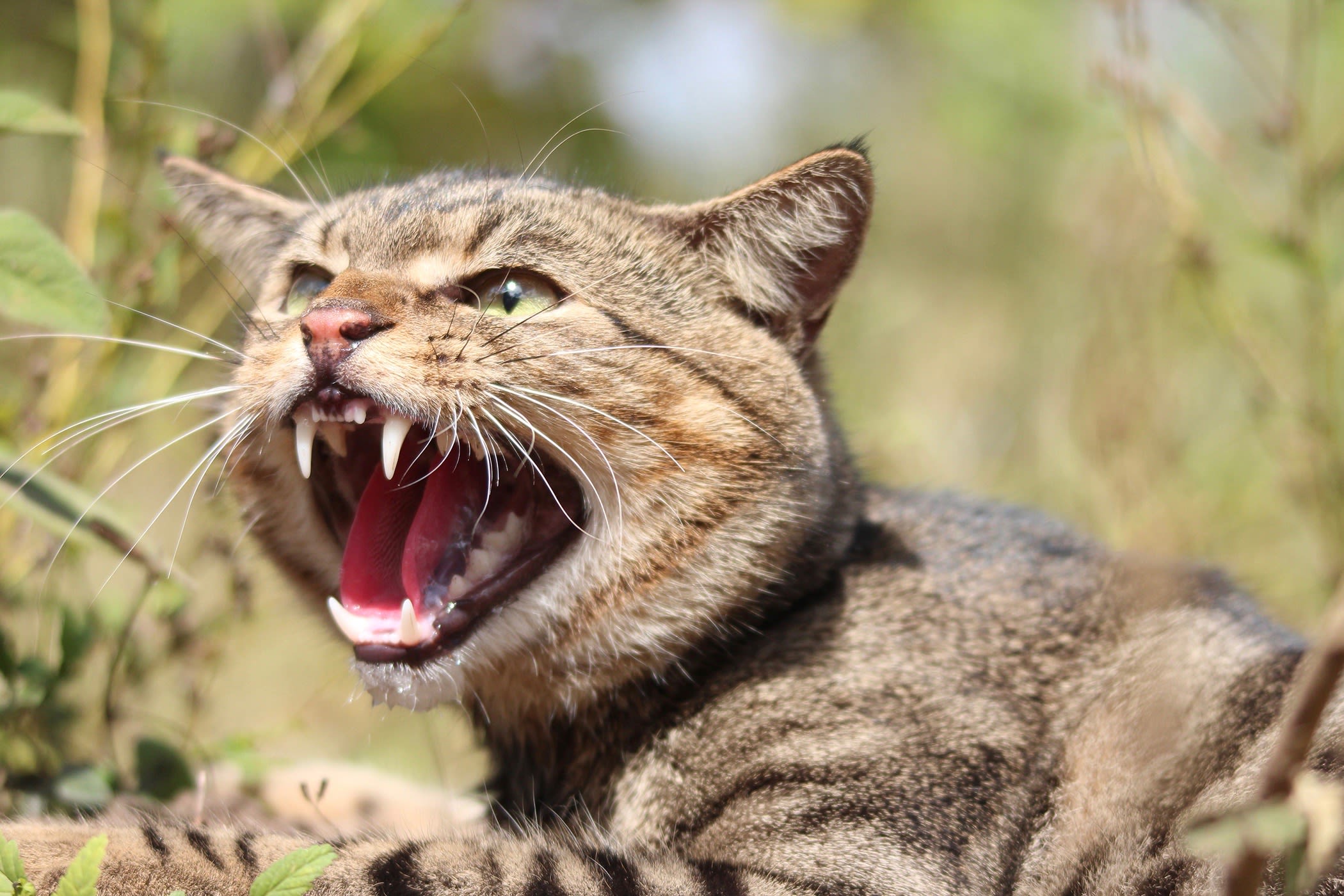
“If we don’t act now, our native animals don’t stand a chance.”
- Tanya Plibersek
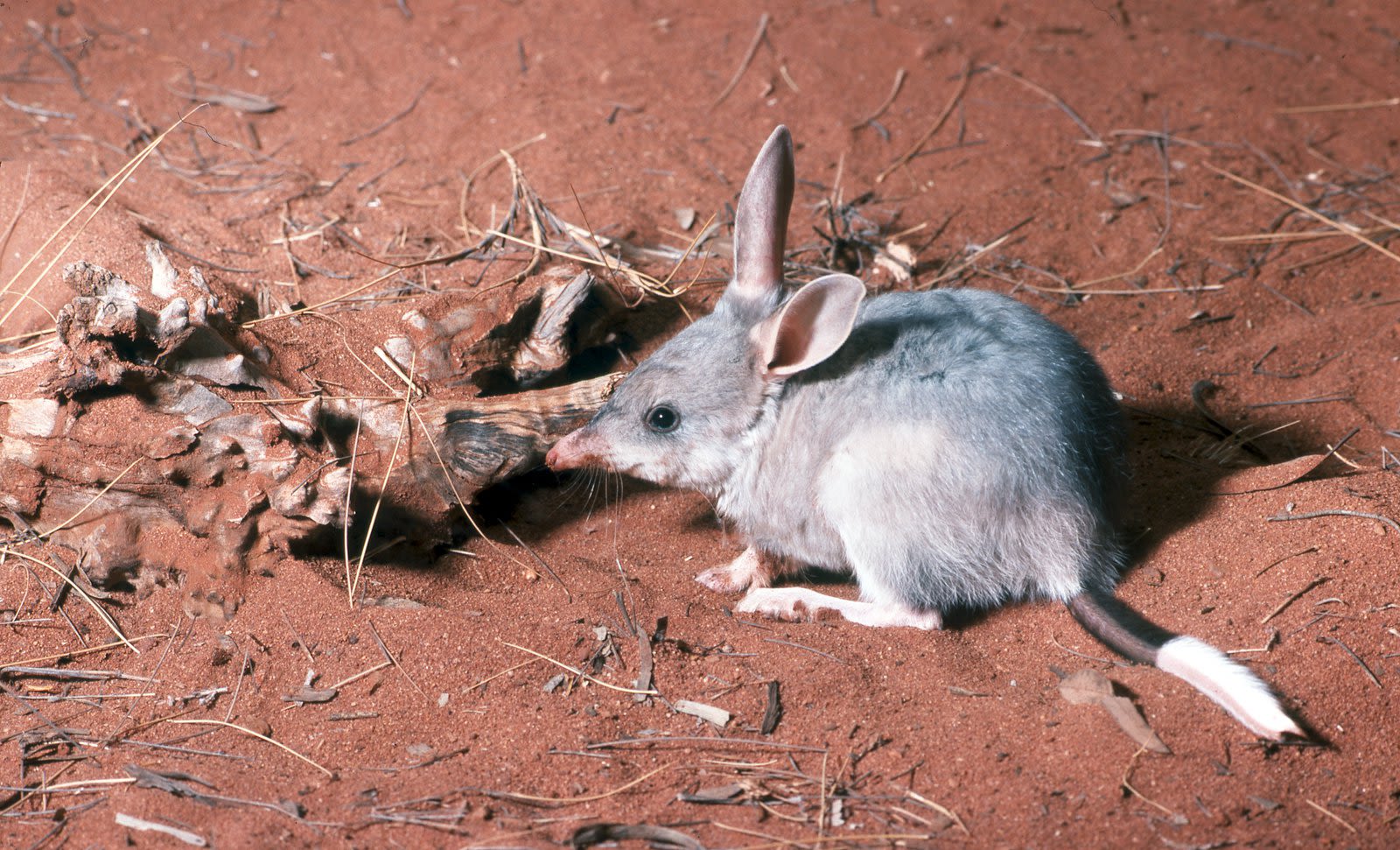
A nation-wide problem
This declaration of war follows the recent publication of a UN report that identified invasive species as the leading cause of biodiversity loss and species extinction in Australia; with feral cats leading biodiversity impacts on land.
The impact of feral cats on biodiversity in Australia can only be described as immense. Feral cats cover 99.9% of Australia, killing two billion reptiles, birds, and mammals per year. Out of the 29 mammal extinctions in Australia, feral cats were the leading contributor in 20 of them.
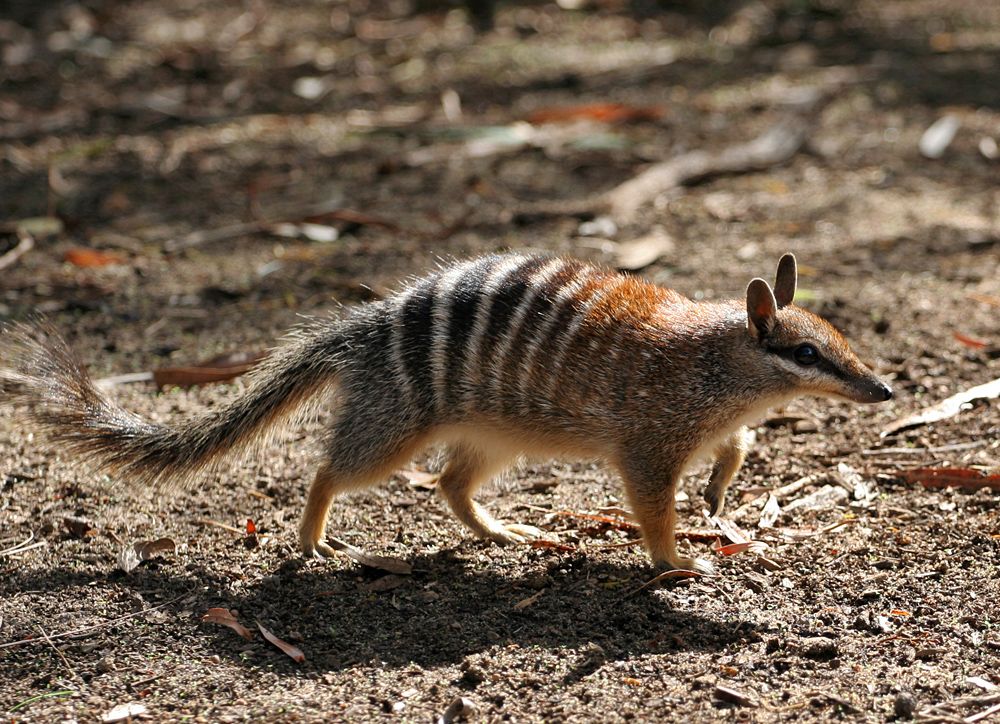
The Numbat (pictured) is one of 200 threatened species under threat from feral cats. Feral cats directly contributed to the extinction of one of its subspecies, the Rusty Numbat.
The Numbat (pictured) is one of 200 threatened species under threat from feral cats. Feral cats directly contributed to the extinction of one of its subspecies, the Rusty Numbat.
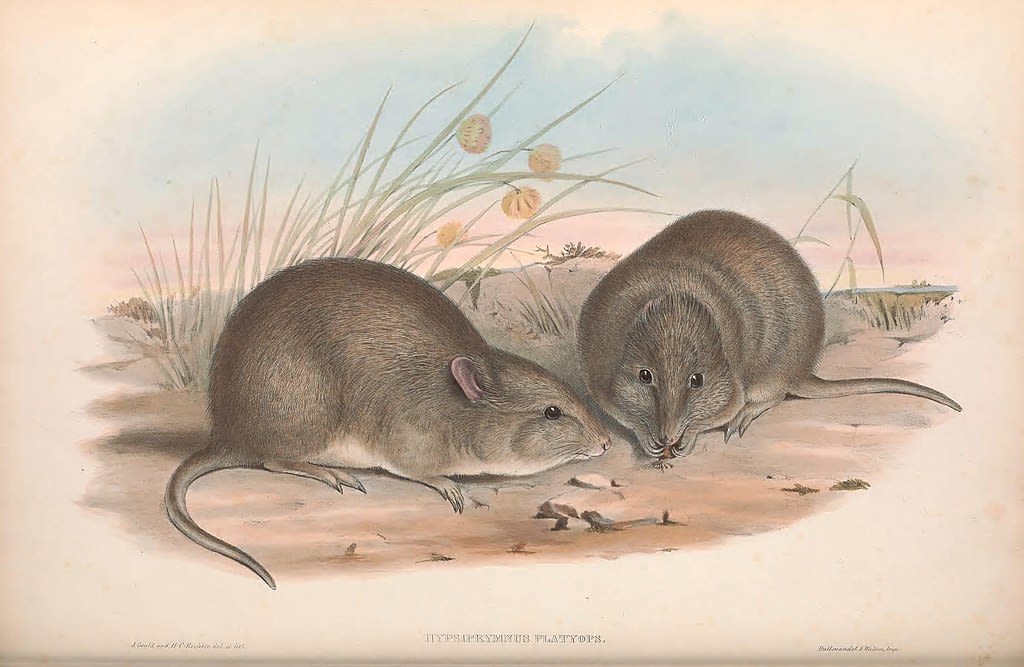
The Broad-Faced Potoroo also went extinct as a result of predation by feral cats in c1875
The Broad-Faced Potoroo also went extinct as a result of predation by feral cats in c1875
Forestry Corporation NSW Senior Field Ecologist Mark Drury says that the absence of naturally occurring carnivorous predators across mainland Australia (excluding quoll species) has created a perfect storm for feral cats.
“They are everywhere. They’re in the mountains, across the desert, throughout the bush, and on the coast...they’re impressive hunters, very sneaky and hard to control,” he said.
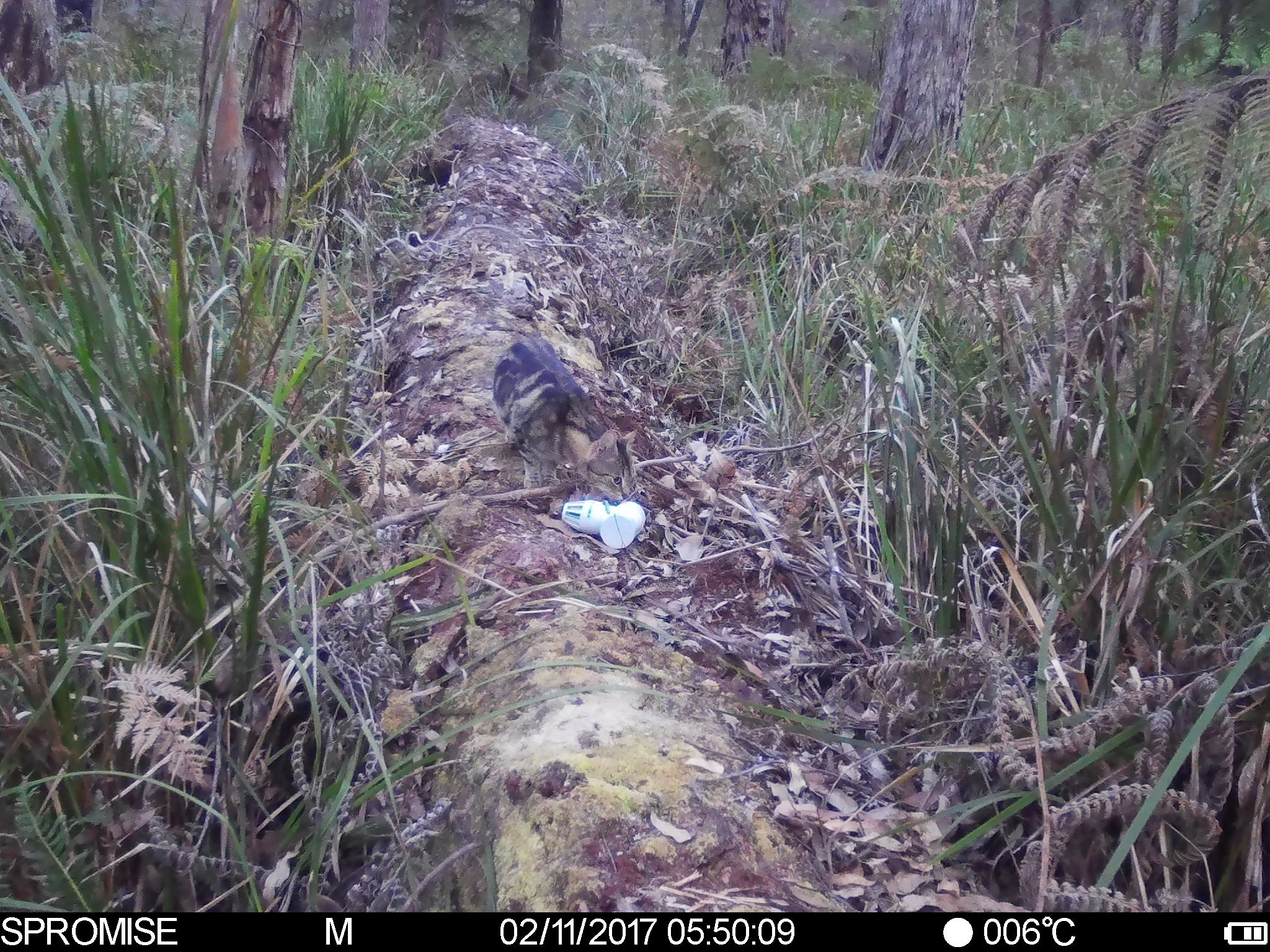
A feral cat sniffing a lure, photographed by a trail-monitoring camera. Image supplied by Forestry Corporation NSW
A feral cat sniffing a lure, photographed by a trail-monitoring camera. Image supplied by Forestry Corporation NSW
Mark is part of a team studying the endangered and elusive Hastings River Mouse, one of the 200 nationally listed threatened species vulnerable to predation from feral cats.
“We’ve seen their population significantly decrease, it’s very rare to see one now. They’re definitely being hunted by feral cats,” Mark says.
Current strategies aimed at reducing feral cats include shooting, trapping, fencing, baiting, and most recently, a newly innovated grooming trap, the Felixer. The Felixer trap shoots a toxic gel onto cats, subsequently killing them when they try to groom themselves.
Though impressed by these technological developments in feral cat control, Mark says that the vast spread of feral cats across the country makes traps such as the Felixer less effective as a reduction tool.
“Feral cats are difficult to shoot and catch due to their shy nature. Innovations like shooting poison gel are efficient, but how do you execute that across Australia?
“Biological control would be effective, introducing a disease into the population. However, then you have issues with pet cats and potentially other species...it’s a complicated issue with no one single solution,” he says.
The drafted action plan is still undergoing its period of consultation and is open for feedback from the public until the 11th of December. The plan currently outlines areas for further research, technological development, and the implementation of cat management programs. Whether the finalised action plan will deliver on its objectives remains to be seen.
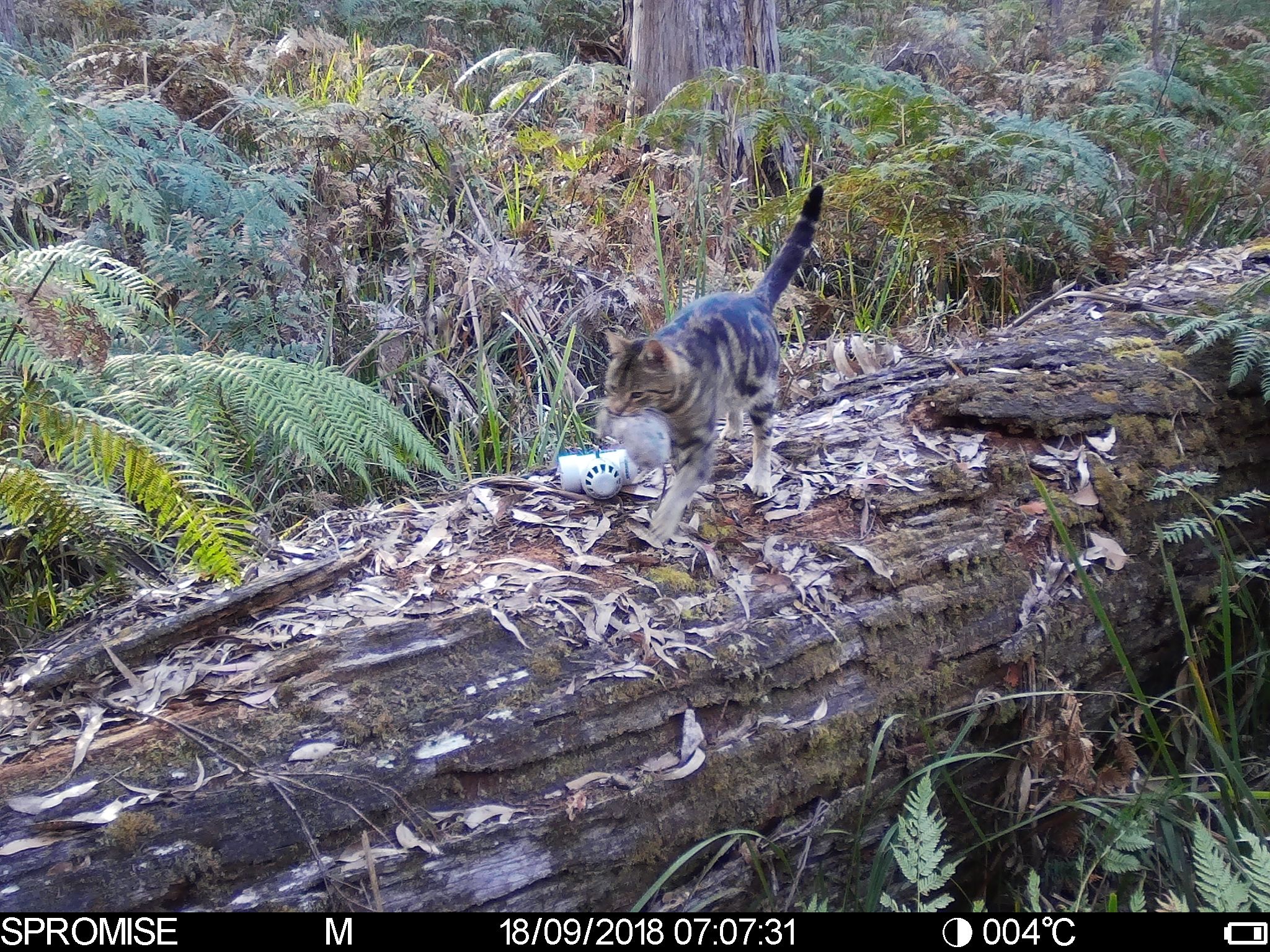
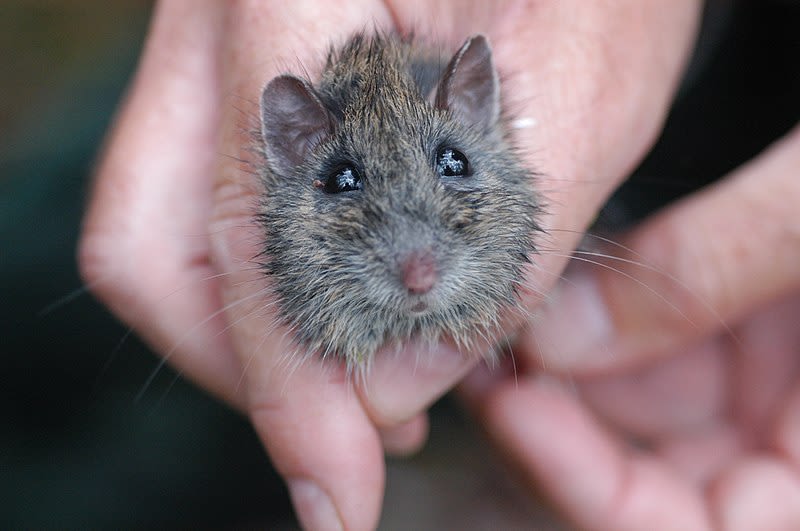
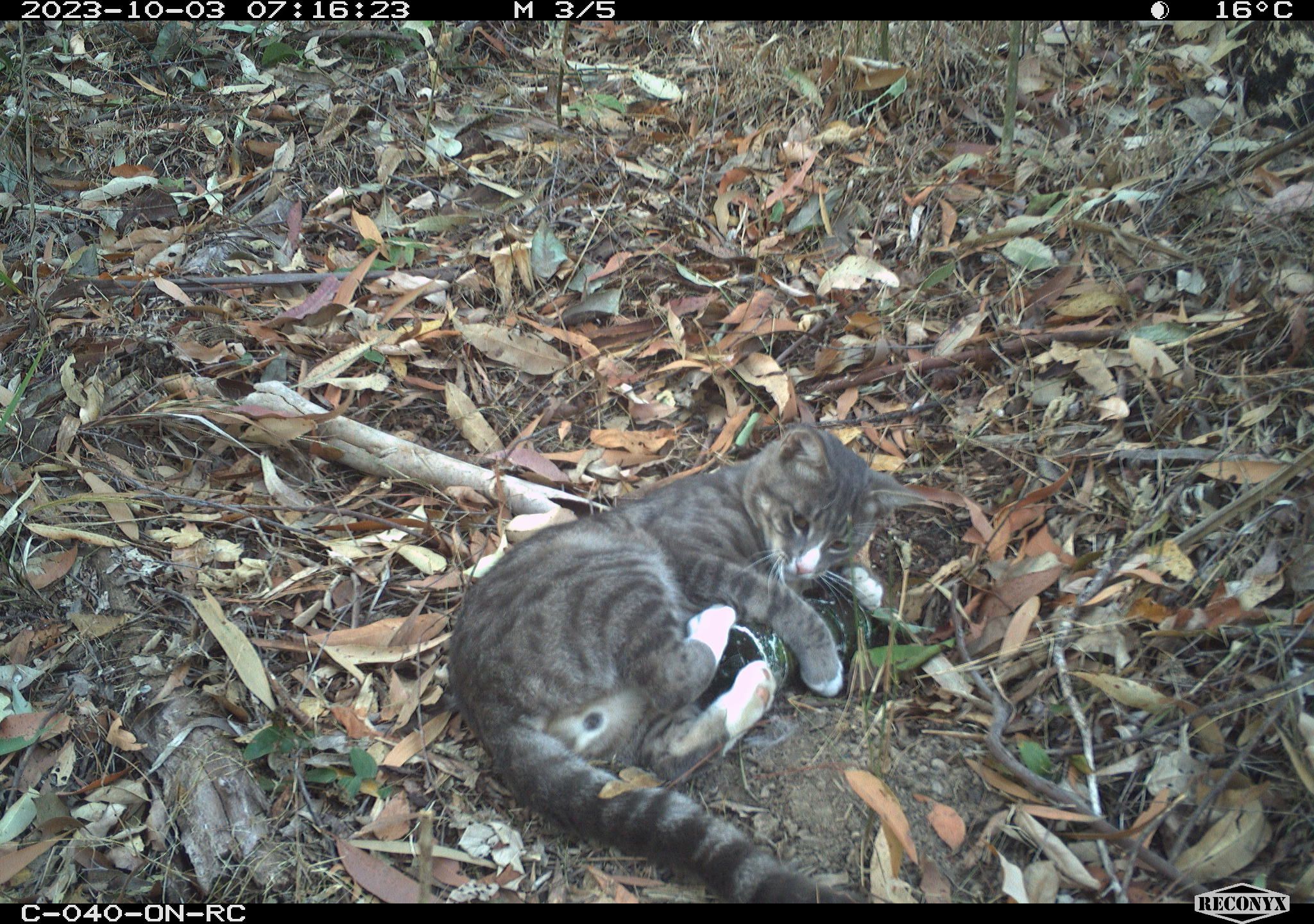
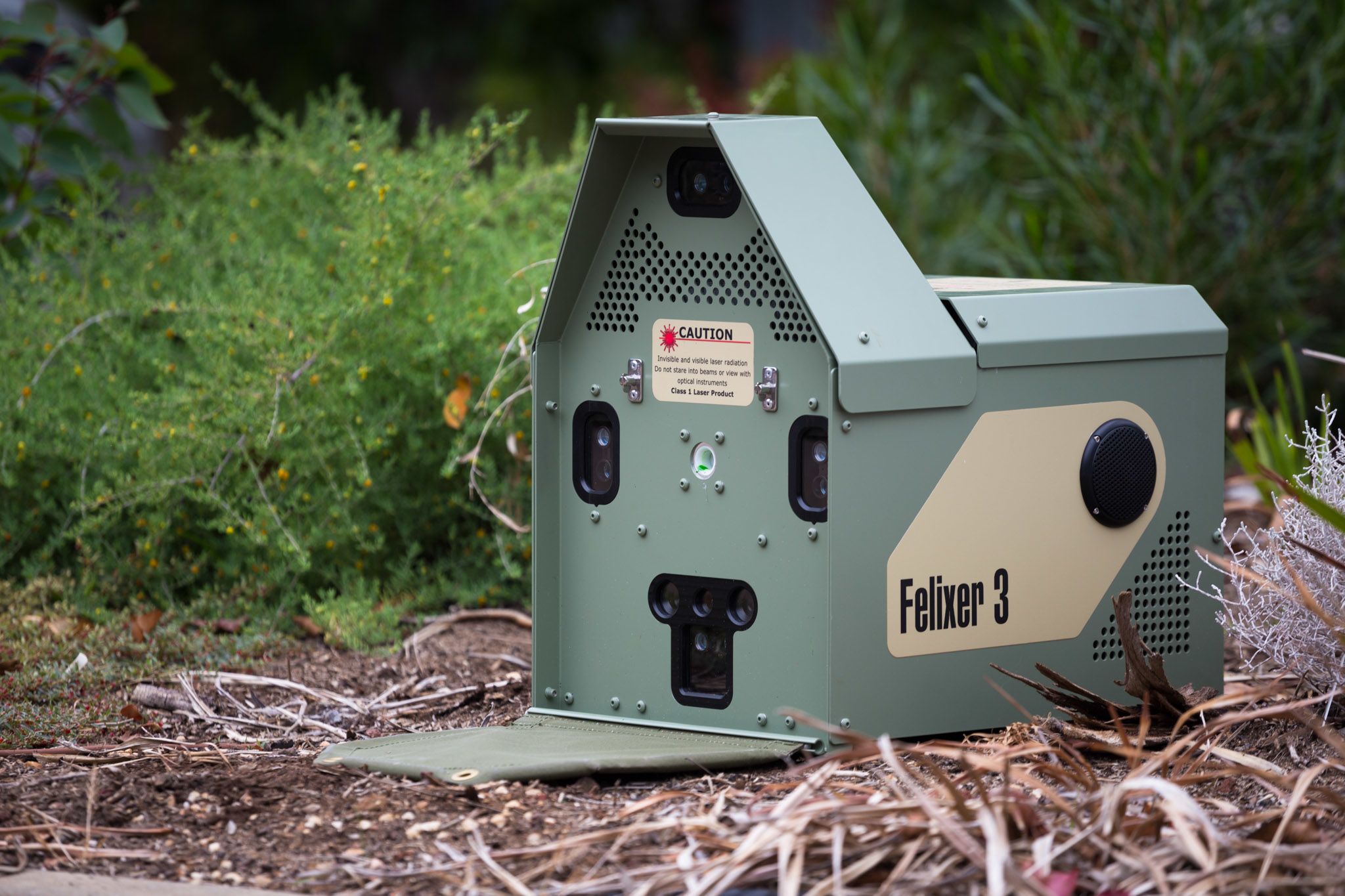
Domestic cats not off the hook
Although killing significantly less wildlife than feral cats, domestic cats still have devastating impacts on Australia’s biodiversity. The total pet cat population in Australia is approximately 3.8 million. Cats kept inside 24 hours a day pose no threat to Australian wildlife, however, 71% of Australia’s pet cats are free to roam and hunt outside – a major threat to local ecology.
A roaming pet cat kills approximately 186 reptiles, birds, and mammals each year, a minimal impact when compared to the 791 animals killed annually by a feral cat in the bush. However, the density of domestic cats is far higher than that of feral cats, particularly in urban areas. Domestic cats kill 28-52 times more native animals per square kilometer than feral cats; their impact still has sinister consequences for wildlife.
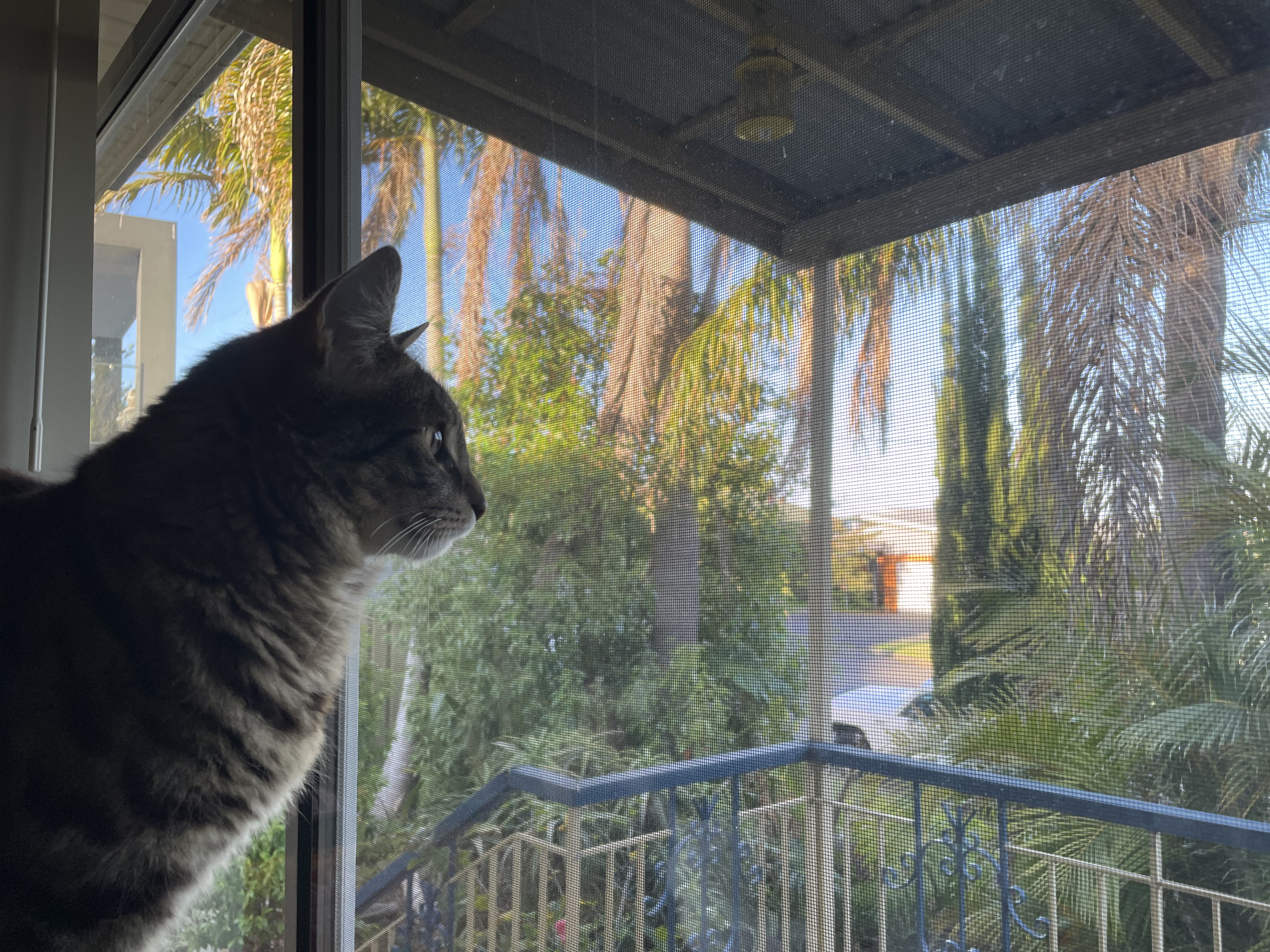
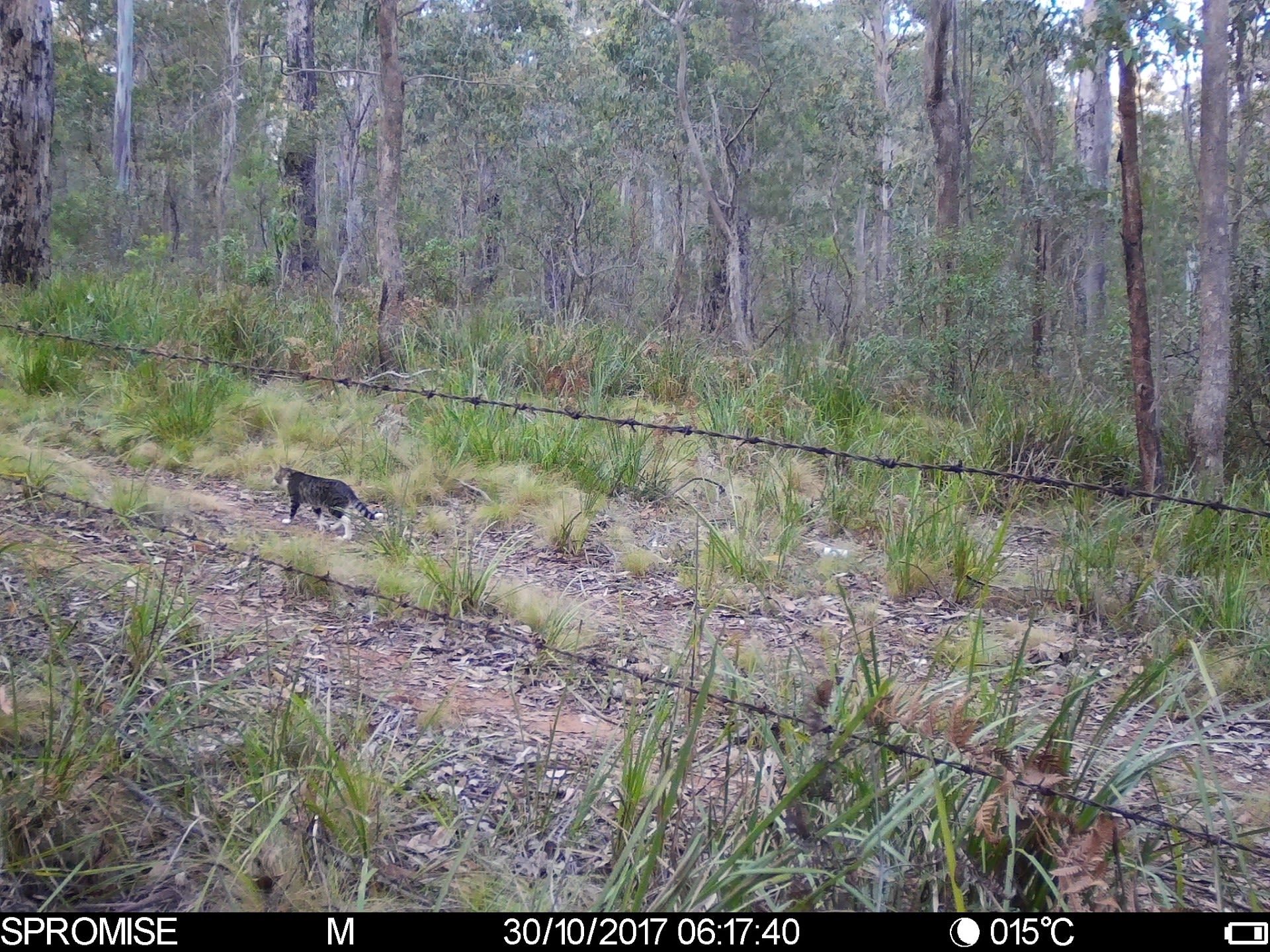
Many cat owners assume that their cat isn’t a part of the problem, however, Mark says that outdoor domestic cats are absolutely part of the issue.
“Pet cats go outside and kill lizards, mice, bugs, all sorts of animals, and don’t always bring them to your doorstep. If they’re outside - they’re killing things,” he says.
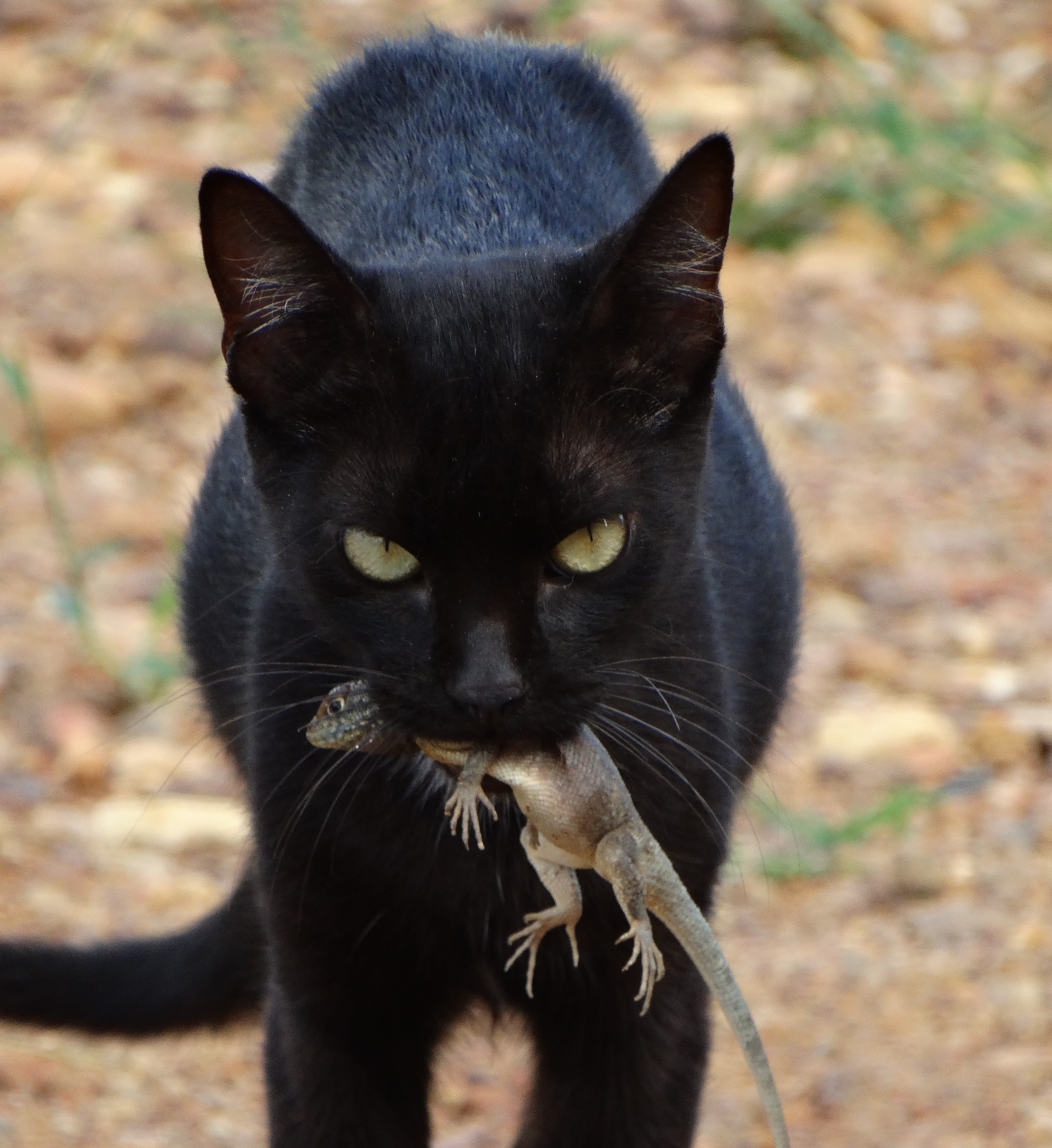
The message to cat owners wanting to protect wildlife is simple: keep your cat inside. Local councils are being encouraged to implement strategies such as cat curfews and containment areas. These policies were successfully introduced to the ACT last year, establishing citywide containment laws for all cats born after the 1st of July 2022.
As an ecologist Mark welcomes such policies, noting a double standard in Australian pet regulations.
“Personally, I’m a dog person, I have to keep my dog contained and not roaming around the streets, so why not cats?” he said.
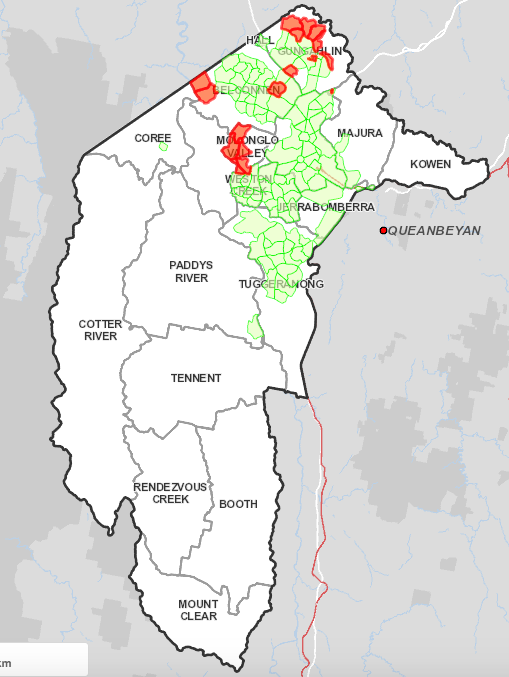
A map detailing the 17 currently established cat containment zones in the ACT (shown in red). Accessed via ACT Government
A map detailing the 17 currently established cat containment zones in the ACT (shown in red). Accessed via ACT Government
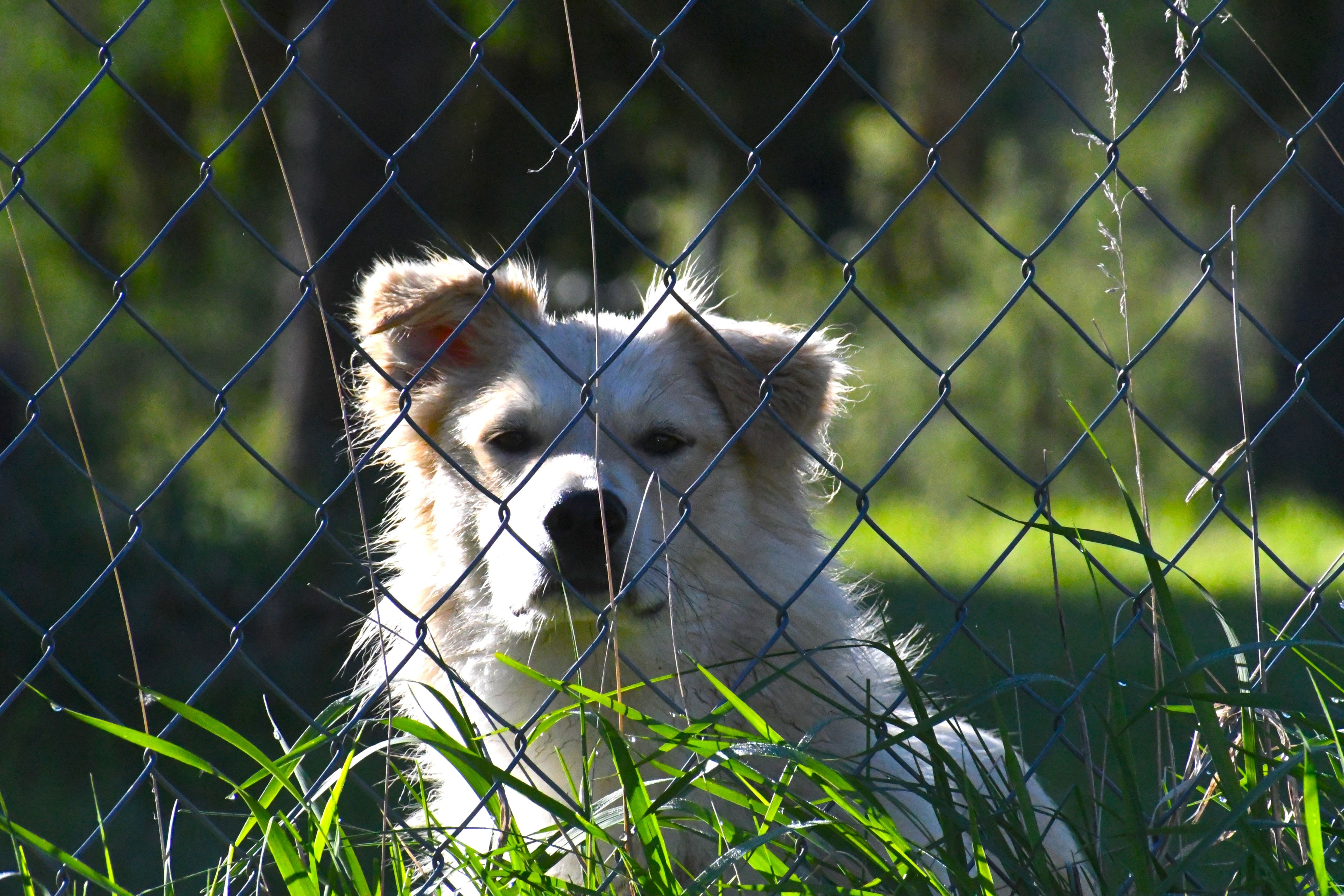
"I have to keep my dog contained and not roaming around the streets, so why not cats?” Image by Ralph Katieb via Unsplash
"I have to keep my dog contained and not roaming around the streets, so why not cats?” Image by Ralph Katieb via Unsplash
However, for councils Australia-wide, efforts to implement cat containment laws have been restricted by State Government policy or undermined by the lack of consistency across jurisdictions; an issue the action plan has identified as a key challenge to cat management in Australia.
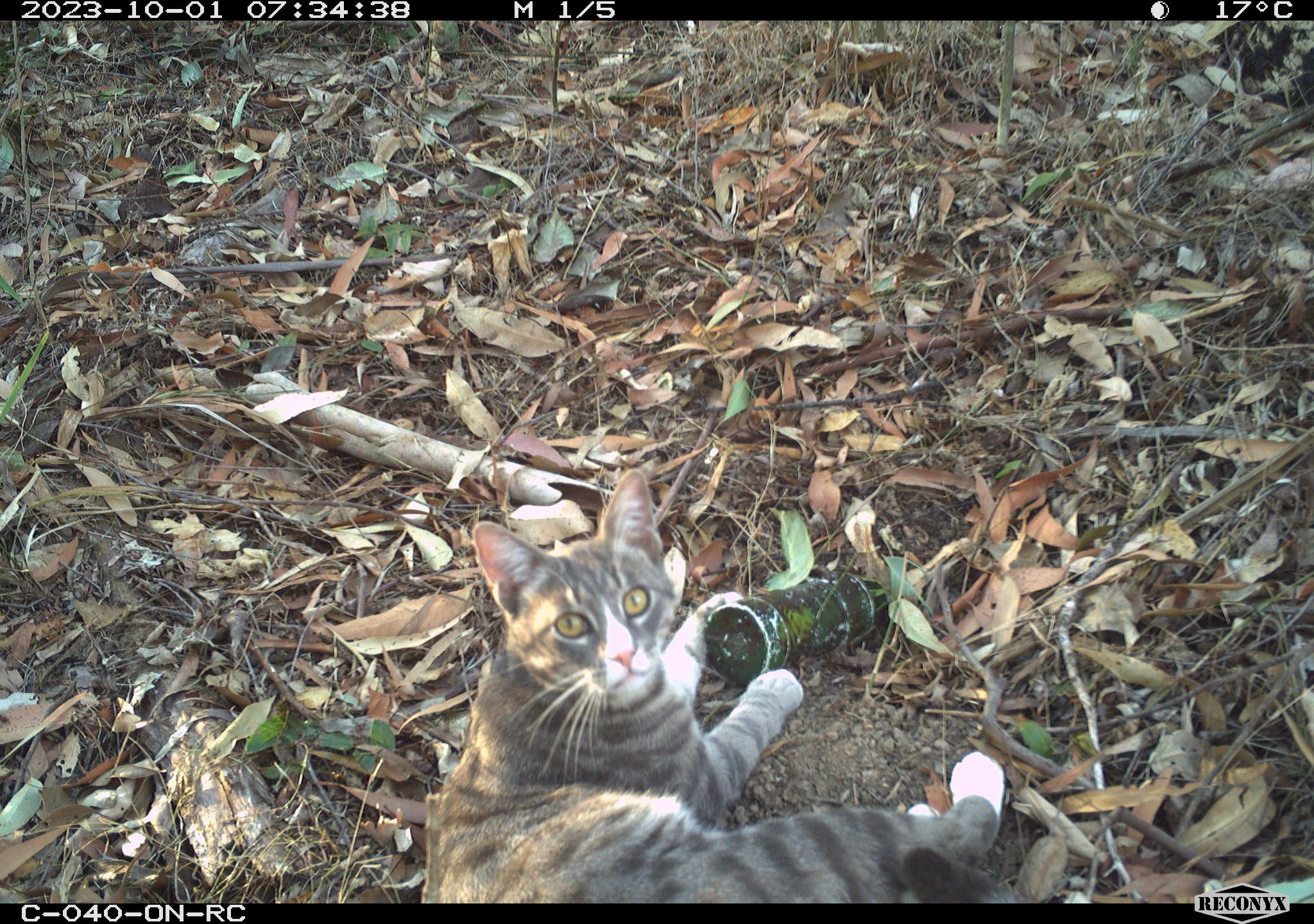
A feral cat with a tube lure. Image provided by Forestry Corporation NSW
A feral cat with a tube lure. Image provided by Forestry Corporation NSW
The management of both feral and domestic cats across Australia is a complex problem, requiring consistent strategies to be implemented across the country. The Federal Government’s action plan is a promising cat-alyst for impactful change, however, it’s safe to say that the war on feral cats will not be won easily.
I have recently become personally implicated in this story, having adopted a stray cat in March this year. Winston, a 2-year-old tabby is an indoor cat now, who no doubt killed hundreds of animals during his unhoused years -186 a year according to the data.
Not only does he now have a home, food, and a longer life expectancy, but our local wildlife will also benefit from his new indoor lifestyle.
